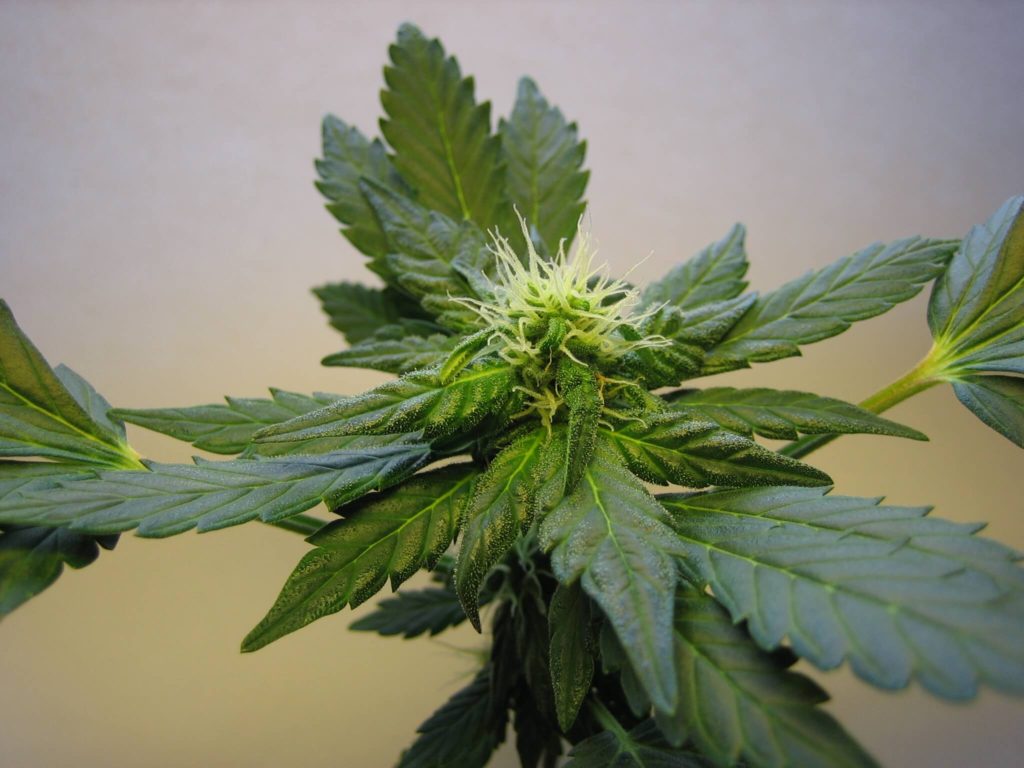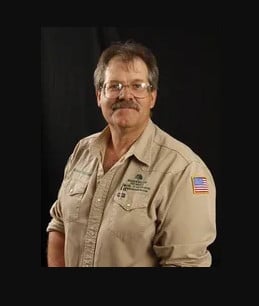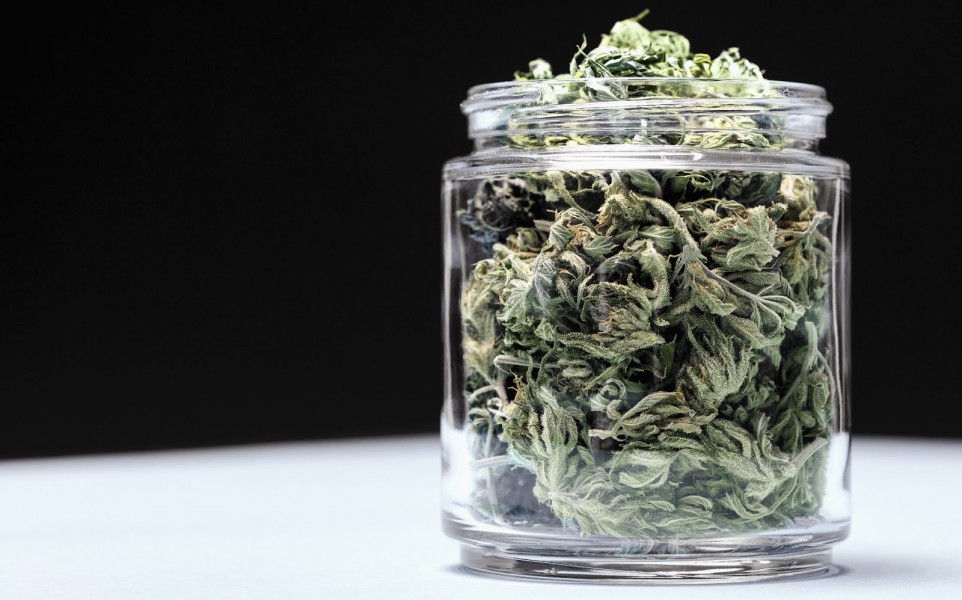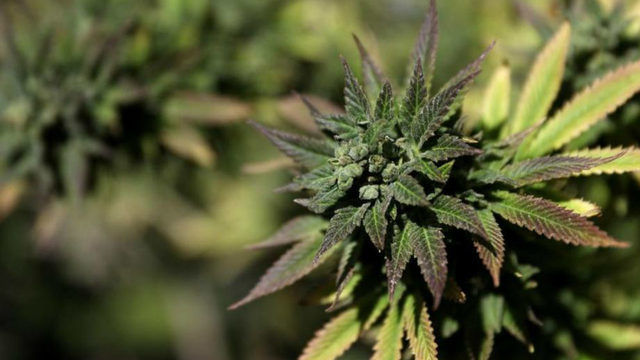The lady reaches into her purse and pulls out a wrinkled up sandwich bag that looks like something that might be handed off in an alleyway. “Neil, what is this weed? I’m sorry it looks like this, but I knew I’d see you sometime this week and I thought I’d have it with me.”
And so goes the life of a horticulturist in springtime. (Ask any nurseryman.) Weeds are sprouting up everywhere, and suddenly we’re aware that we have strange visitors invading our home turf. People seem obsessed to know the names of all of these weeds. There are hundreds of them that I couldn’t name if I had to. A buddy and I were comparing stories recently, and in unison we said, “I just call them ‘barnyard’ weeds.”
What I’ve discovered is that people really aren’t as concerned with finding out the weeds’ names as they are in how to control them, and for that I can offer hope. Let me show you the way.
Getting rid of the weeds …
At the top of your list: all weed prevention and elimination programs need to start with good lawn management practices. Water your lawn regularly to keep the grass vigorous. Fertilize it, probably with an all-nitrogen plant food that contains half or more of that nitrogen in slow-release form. Mow at the recommended height, and mow frequently enough that you’re never removing more than one-third of the leaf blade length at any one cutting.
You don’t have to know the names of the weeds you’re trying to control. Some of the common ones you’ll probably come to recognize like the unfriendly neighbors down the street, but the odd little things that sprout up where you least expect them – you can control them without worrying about identifying them. All you have to do is sort them into these three pairs of categories.
Is the weed annual or is it perennial?
In other words, does it complete its life cycle from germination to growth to flowering and going to seed all in one growing season (annual), or does it come back from its roots year after year (perennial)? Annual weeds can be controlled through the application of pre-emergent weed killer granules just before the seeds would be sprouting. More on that next. Perennial weeds require a different approach.
Is the weed “cool-season” or “warm-season?”
In other words, does it grow during fall, over the winter and into the spring (cool-season), or does it start growing in the spring and flourish in the hot days of summer (warm-season)? That would determine when the most effective time to treat the weed would be, especially for annual weeds.
Is the weed a grass or is it a broadleaf plant?
The two types of weeds are controlled by different products. All grasses (crabgrass, grassburs, Johnsongrass, dallisgrass, annual bluegrass, etc.) have parallel veins, and all have dry seeds similar to cultivated grasses like wheat and corn.
The category of broadleaf weeds includes almost all other weeds. They may not have large leaves, and their leaves may not actually be wide, but they are definitely not grasses. Their flowers will often be colored, very unlike the tan seedheads of grasses.
For annual weeds, you’ll want to apply pre-emergent granules prior to germination of their seeds. For summer weeds such as crabgrass and grassburs the timing in Fort Worth/Dallas would be the first week of March, with a repeat application the first week of June to act as a “booster shot” of the herbicide. (Note: If you did not make the March application, there is no point in applying pre-emergent in June.)
For cool-season winter weeds your pre-emergent timing would be the last week of August into the first week of September. That treatment will prevent germination of annual bluegrass (Poa annua), rescuegrass, foxtail and ryegrass.
For all of those pre-emergent treatments for grasses you can use Dimension or Halts, but do note that you need to shop early to secure the granules for the June and late summer treatments. Many of the stores that carry them in early March do not continue to stock them later into the year.
For pre-emergent prevention of broadleaf weeds, most of which show up over the winter, you would want to apply Gallery granules in late August into that first week of September. This product is most likely to be found at independent retail garden centers.
For existing broadleaf weeds such as clover, dandelions, dichondra, poison ivy, roadside asters and others, use a broadleaf weed killer containing 2,4-D. Apply it according to label directions for best results.
Unfortunately, we no longer have a post-emergent weed killer for controlling grassy weeds. However, specifically for dallisgrass, the most persistent of perennial grassy weeds, you can either carefully spot-treat with a glyphosate herbicide or dig it out by hand.
Finally, if you have nutsedge invading your lawn, you’ll want a different category of herbicide entirely. Also known as “nutgrass,” it’s actually not a grass at all. Nutsedge has triangular stems, while stems of true grasses are always round. If the weed that you have has those triangular stems, apply either Image or Sedgehammer now according to label directions. This is a tenacious weed, and more than one application may be needed. Patience is required.
Credit: star-telegram.com













